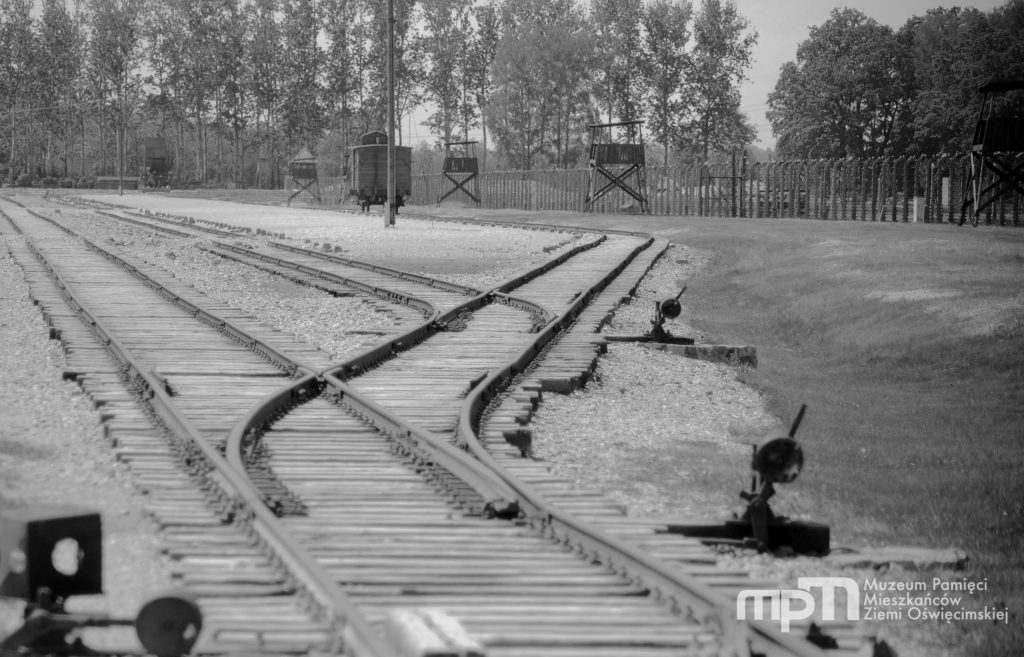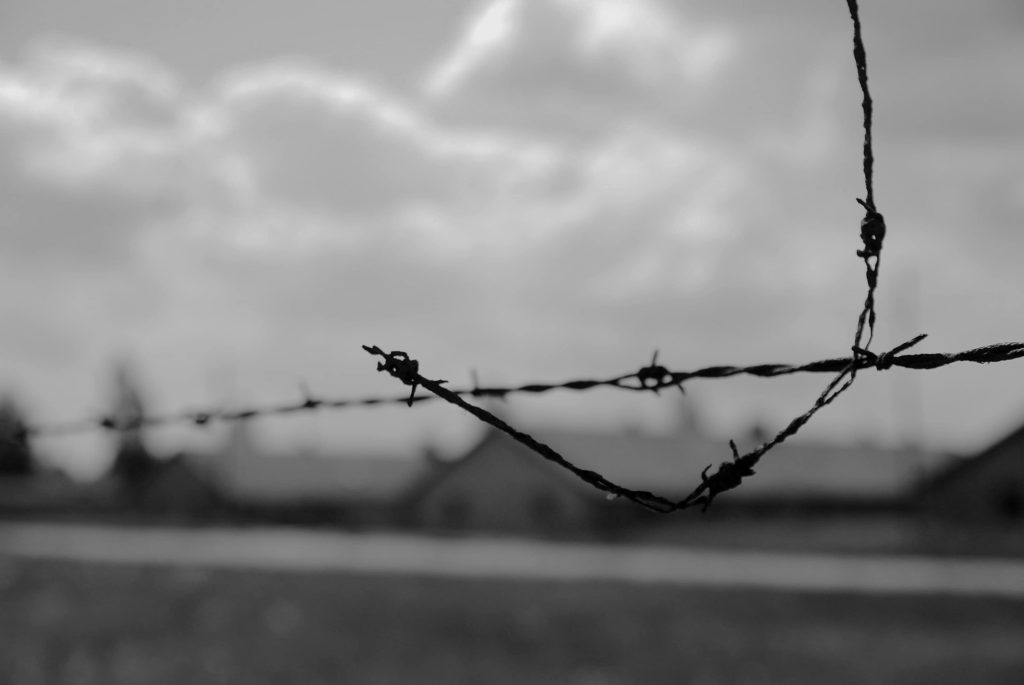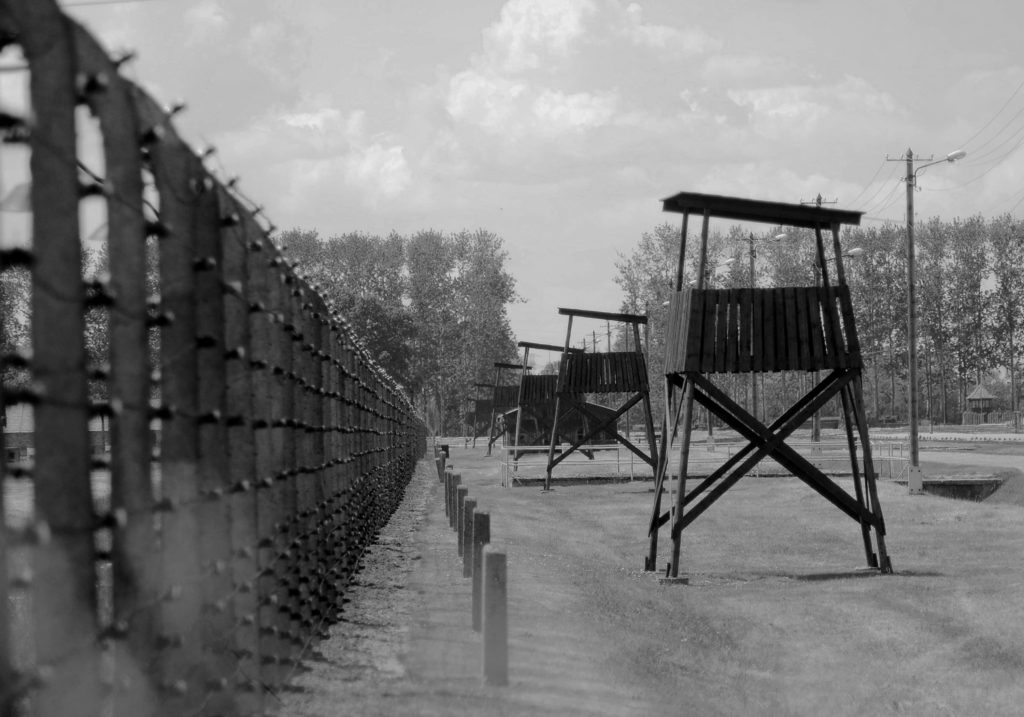
It is safe to say that there were thousands of people who helped the prisoners. They were to be found all around the 40 plus subcamps which made up the complex of KL Auschwitz and along the route of the “death marches”. (…) They fed the prisoners, treated them, organised and kept up illegal correspondence with home, and all that right by SS men and the camp Gestapo. Many paid with their lives and the lives of their families for those acts of mercy.
August Kowalczyk „Refren kolczastego drutu. Trylogia prawdziwa”





Monday to Friday:
7:30 – 15:30
© 2018-2023 Muzeum Pamięci Mieszkańców Ziemi Oświęcimskiej. All rights reserved.
Made with by Magme Agency